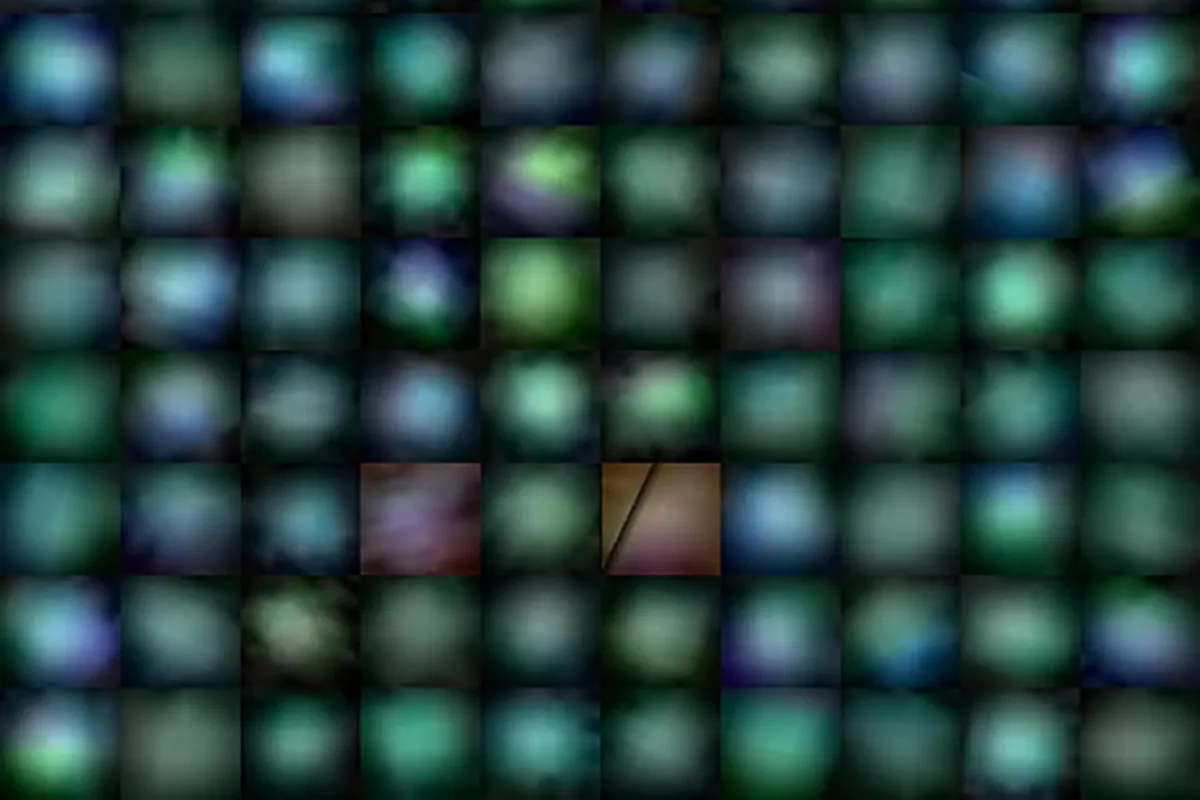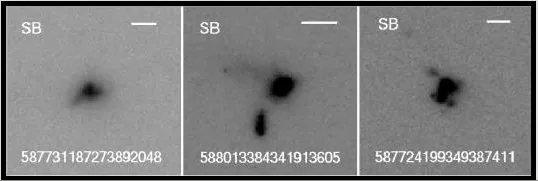The most exciting words to hear in science, according to the late science-fiction legend Isaac Asimov, are not ‘Eureka! I have found it’, but rather ‘That’s funny...’.
Like him, I’ve always been attracted by finding the odd and unusual things lurking in the Universe, hoping that their unique stories can shed a light on how the rest of the galaxies, stars and planets spend their lives.
The Zooniverse project, which I’m lucky enough to lead, involves hundreds of thousands of volunteers doing citizen science to sort through data and make discoveries.
One of the earliest discoveries – the small, round green galaxies called ‘Peas’ – has proved to be the most exciting of all.

These systems are dwarf galaxies that exist in some of the least populated parts of our Universe.
Soon after the discovery by the volunteer ‘Peas Corps’, it was clear that the distinctive colour was due to the glow of excited oxygen, itself an indication of remarkable star-forming activity.
In fact, the Peas are the most efficient stellar factories in the local Universe.
Some think that they seem to be the local equivalent of the galaxies that hosted the first big burst of star formation 10 billion years ago, which lit up the Universe in a period known as ‘Cosmic noon’.
It’s this resemblance which has made the Green Peas a subject of further study and caused a bit of controversy.

A new paper, led by a team from Arizona State University, suggests there may be more to them than meets the eye.
A large survey by NASA’s WISE (Wide-field Infrared Survey Explorer) satellite of infrared observations of 500 Peas identified more than 50 as likely active galactic nuclei (AGN), which are hosts to growing black holes at their centres.
It is now well known that most large galaxies, including the Milky Way, host supermassive black holes, but how and when these black holes grow is not well understood.
If the Peas are best understood as stragglers – only now, thanks to their remote position and small size, getting around to what most larger galaxies experienced billions of years ago – then perhaps we should expect their black holes to just be forming, too.
By looking at these systems we might be getting a view of our own Galaxy’s distant past.
It’s not easy, though. The classic Pea combination of high levels of star formation, combined with nearly pristine, low metallicity gas, make the normal methods of identifying AGN very tricky.
The systems studied here have the right infrared colours to suggest AGN activity, and 38 of them also seem to flicker at these wavelengths, which is at least consistent with material falling down onto a central black hole.
Now we know which are promising targets, these Green Pea galaxies can be targeted for follow-up investigations with telescopes from across the electromagnetic spectrum – from those sensitive to the X-rays created by hot gas around the putative black holes to radio telescopes.
Confirmation of growing black holes will tell us a great deal about these strange systems and, with any luck, their more normal cousins.
Chris Lintott was reading Evidence for Black Holes in Green Peas from WISE colors and variabilityby Santosh Harish. Read it online at: arxiv.org.
This article originally appeared in the August 2021 issue of BBC Sky at Night Magazine.
